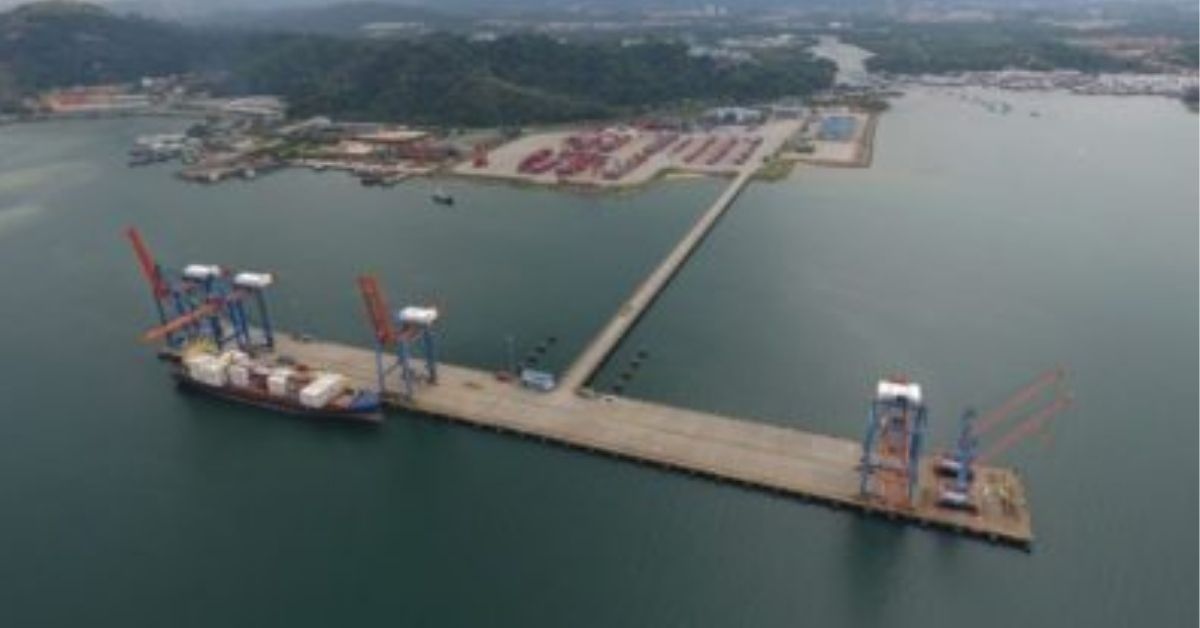A four-member team of the Dubai-based port group is scheduled to visit Bangladesh on 13 May to discuss the investment project with the Chittagong Port Authority (CPA). The two sides are expected to sign a memorandum of understanding on the investment plan on 16 May.
A total of four terminals will be built under the Bay Terminal project which will have a water draft of up to 12 meters. The project includes one multipurpose terminal, two container terminals and one oil terminal.
AD Ports will invest in the construction of the multipurpose terminal, which will be able to handle both containerised and bulk cargo, and in the necessary terminal equipment.
PSA Singapore and DP World are the two other foreign investors who will invest in the Bay Terminal to build the box terminals. Local company East Coast Group will also invest approximately US$3 billion, supported by foreign companies, in the construction of the oil terminal.
The International Finance Corporation (IFC), the private sector funding arm of the World Bank, will provide US$500 million for dredging the main navigational channel and building break water of the terminal.
According to the plan, the Bay Terminal will be built on nearly 2,500 acres of land surfaced from the seabed near the Halishahar coast. The terminal will have a natural channel and will be able to handle vessels with 12-metre water draft while the Chittagong port is currently able to handle vessels up to 9.5-metre draft with the help of tide.
The master plan of the Bay Terminal has been prepared jointly by two consulting firms — South Korea-based Kunhwa Consulting & Engineering Co Ltd and Daeyoung Engineering Co Ltd.
The three terminals under the Bay Terminal project will be able to handle up to three dozen vessels of 5,000 TEUs each at a time. Even 300 metre-long ships will be able to take berth at the terminals compared to up to 200 meters-long ships currently can take berth in Chittagong port’s terminals. Port officials say the handling capacity of the Chittagong port will be enhanced by an additional three million TEUs each year, once the Bay Terminal starts operating at its full capacity.







